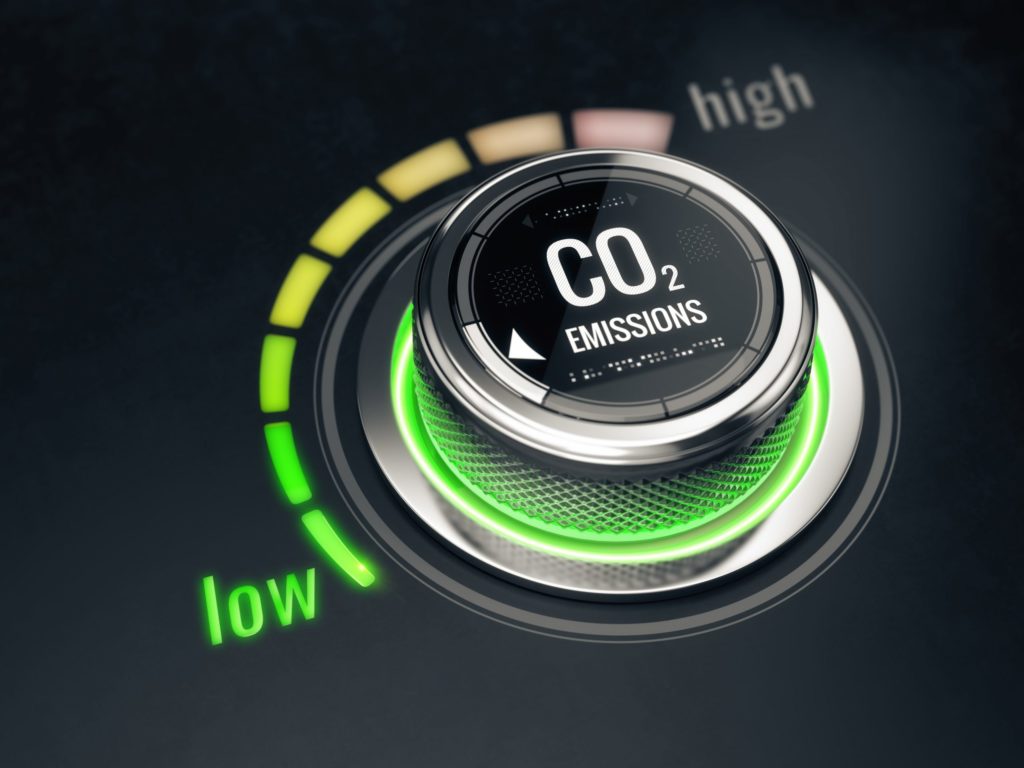U.S. Mineral Production Potential Unlikely to Satisfy Clean Energy Demands
- Share via Email: U.S.%20Mineral%20Production%20Potential%20Unlikely%20to%20Satisfy%20Clean%20Energy%20Demands
- Share via Facebook: U.S.%20Mineral%20Production%20Potential%20Unlikely%20to%20Satisfy%20Clean%20Energy%20Demands
- Share via Twitter: U.S.%20Mineral%20Production%20Potential%20Unlikely%20to%20Satisfy%20Clean%20Energy%20Demands
Author
Media
For general media inquiries and to book our experts, please contact [email protected].
Executive Summary
Despite political rhetoric and policies promoting the use of domestic critical minerals in clean energy through the Inflation Reduction Act and executive actions, the United States is well short of being able to supply enough minerals to fuel its own clean energy transition, much less to be a major global supplier of minerals needed for clean energy technology as politicians are keen to depict. In this paper, we analyzed data from the U.S. Geological Survey (USGS) and International Energy Agency (IEA) and production estimates for 14 proposed copper, nickel and lithium mines in the United States to better understand the gap between current U.S. mineral production and potential mineral needs for a net-zero emission, clean energy transition. Our analysis found that although the United States has sufficient production market forces to satiate a large share of domestic copper and lithium demand, undue barriers to entry restrict production far below this potential—and below the scale that would be needed to supply a global clean energy transition.
The increase in mineral needs required for the United States to have a net-zero emission energy transition relative to current consumption is enormous. By 2040, annual mineral demand would need to increase by 121 percent for copper, 2,007 percent for cobalt, 504 percent for nickel and 13,267 percent for lithium.
Our study also revealed that for a net-zero emission, clean energy transition, the United States would be import-reliant for copper, cobalt, nickel and lithium by 74 percent, 99 percent, 98 percent and 100 percent, respectively, at current U.S. production levels. However, if major U.S. projects that are currently proposed for copper (such as Pebble and Resolution) and lithium (such as Thacker Pass and Rhyolite Ridge) were to enter operation, some of these projections could change significantly. If all proposed projects for copper, cobalt, nickel and lithium entered the market, the potential import reliance for these minerals for a net-zero emission energy transition would fall to 41 percent, 99 percent, 95 percent and 51 percent, respectively.
The likelihood or timing of major mines entering the market in the United States is uncertain, though, and our own analysis of proposed mines found that practically every major project relevant for clean energy has been delayed over issues of permitting, leasing and litigation. This is problematic because, absent increased domestic production, the United States will remain reliant on foreign suppliers—a fact that is creating its own potential challenges.
While friendly nations are poised to be major suppliers of minerals needed for clean energy transitions in the United States, especially for copper and lithium, supply chain concerns are complicated by the fact that Chinese state-owned enterprises (SOEs) are dominant in ownership of refining capacity globally. For example, a number of lithium projects in Australia are owned by Chinese companies, and some national security scholars believe that China is employing a concerted strategy to increase its influence over minerals that are increasing in demand. Higher mineral demand driven by clean energy policies are certain to enrich mineral suppliers, including China, and will also reward nations that may be employing unethical mining practices like the Democratic Republic of the Congo’s (DRC) use of child labor.
U.S. policies focused on permitting and recycling could mitigate concerns related to mineral scarcity and overreliance on foreign suppliers but may not be enough to eliminate foreign dependency. Although a sizable domestic market share for copper and lithium is attainable and should materially contribute to mineral security in the form of enhanced continuity of supply and mitigating the pricing power of SOEs, a greater minerals market share for the United States and its allies is crucial to mineral security. The key issue is not whether the United States can supply its own minerals, but that undue barriers to market entry of mines will raise costs by exacerbating scarcity and the potential for foreign suppliers to leverage their position in supply chains to pressure other nations into foreign policy concessions, as China has attempted in the past with its rare earth element exports.
Overall, this study finds that the United States could be a major producer of key minerals needed for clean energy technology, but production is still well below what would be needed for the most ambitious clean energy transition scenarios. Thus, as clean energy demand rises, policy discussions focused on remedying potential mineral scarcity will become increasingly important.









